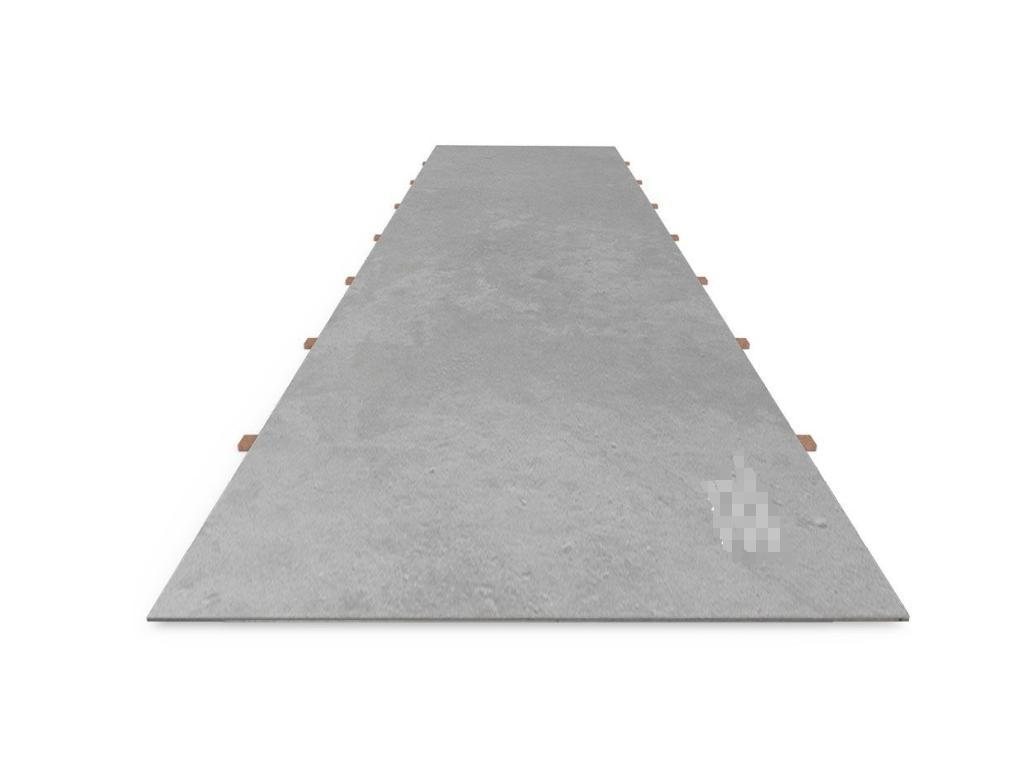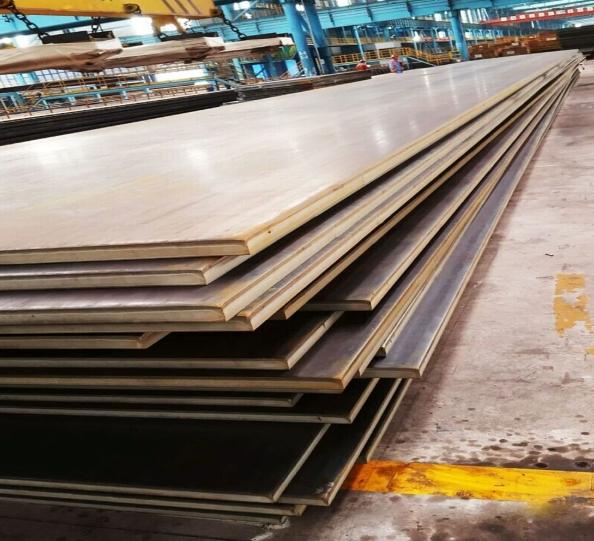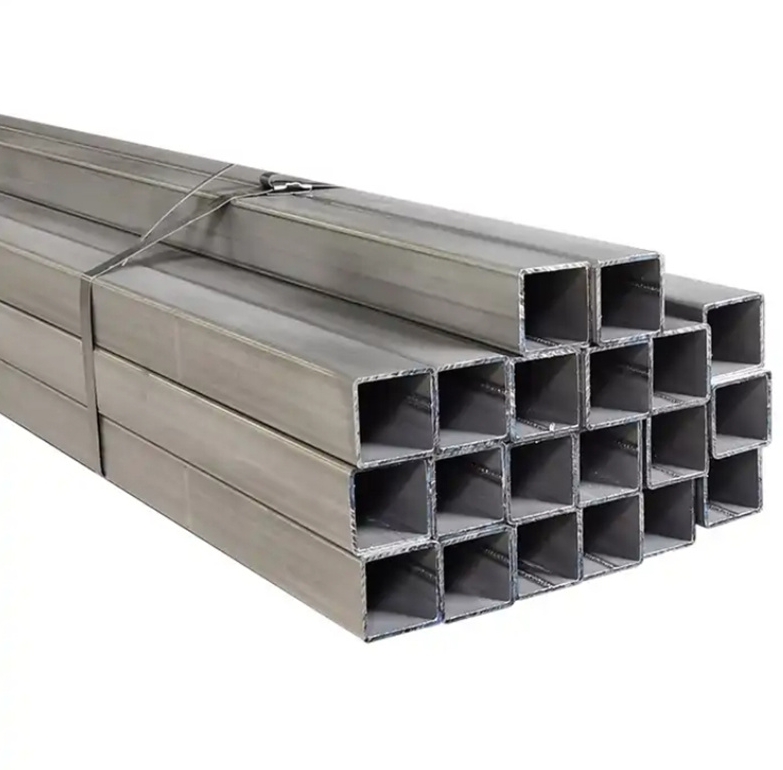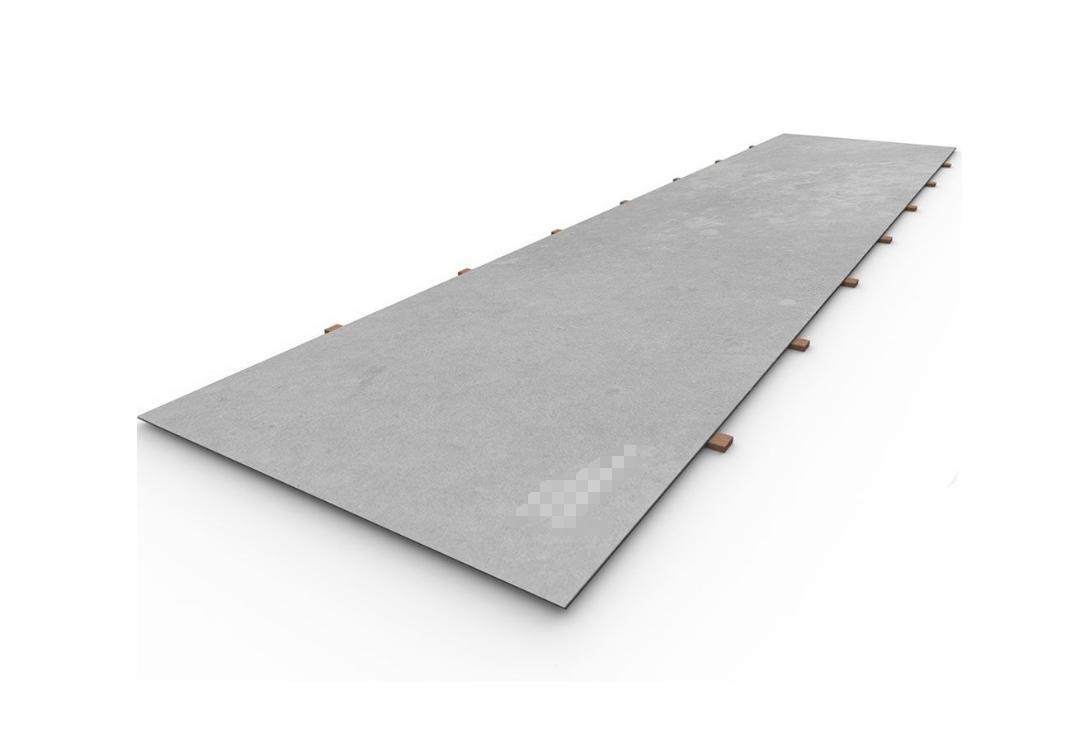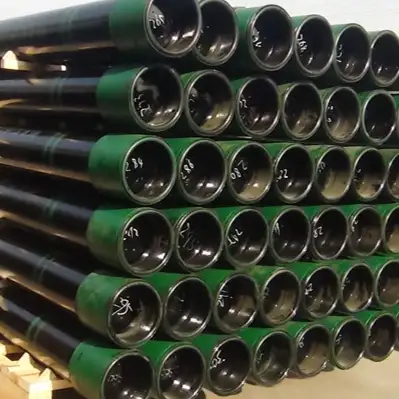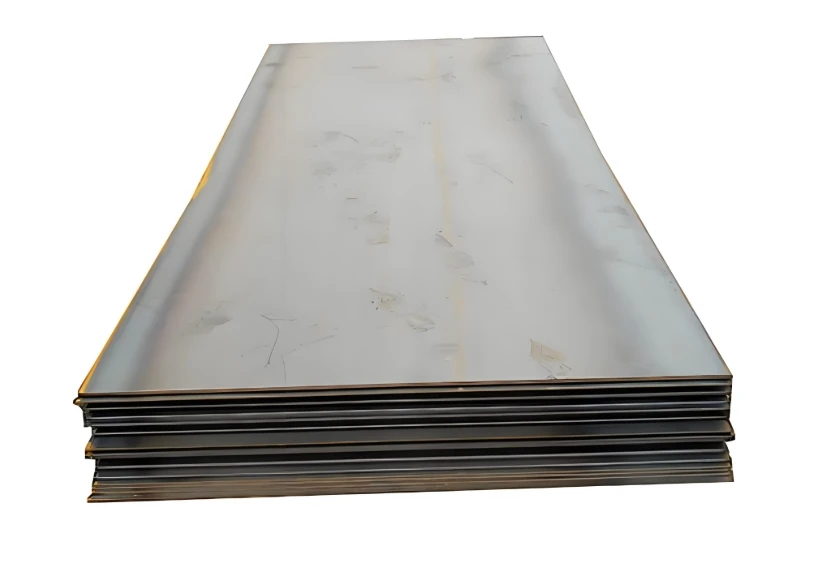Understanding LSAW Pipes
LSAW (Longitudinal Submerged Arc Welded) pipes are a type of steel pipe manufactured by forming steel plates into a cylindrical shape and then welding the longitudinal seam using the submerged arc welding (SAW) process. The term “longitudinal” signifies that the weld seam runs parallel to the pipe’s length. This method is distinct from spiral welding.
The submerged arc welding technique is integral to LSAW pipe production. During this process, the welding arc is shielded by a layer of granular, fusible flux. This results in a high-integrity, uniform weld with deep penetration and a smooth surface, significantly reducing the likelihood of defects and making LSAW pipes exceptionally reliable for critical applications.
Key Advantages of LSAW Pipes
- Superior Strength and Durability: The manufacturing process and the robust nature of the submerged arc weld ensure that LSAW pipes can withstand high internal pressures and external mechanical stresses.
- Excellent Weld Quality: SAW produces a consistent, strong, and homogeneous weld, which is paramount for the structural integrity and safety of pipelines.
- Wide Range of Dimensions: LSAW pipes can be manufactured in large diameters and with substantial wall thicknesses, catering to large-scale infrastructure projects. Suppliers, such as Shanxi Luokaiwei Steel Company, often provide a diverse portfolio of specifications.
- Good Dimensional Accuracy: The production methods employed for LSAW pipes allow for precise control over diameter, wall thickness, and straightness.
- Suitability for High-Pressure Applications: Due to their strength and weld integrity, LSAW pipes are ideal for transporting fluids and gases under high pressure.
Common Applications
Given their robust characteristics, LSAW pipes are extensively utilized across various demanding sectors:
- Oil and Gas Industry: Predominantly for long-distance onshore and offshore pipelines transporting crude oil, natural gas, and refined petroleum products.
- Structural Engineering: Used in construction for foundational piling, bridge supports, and structural components in offshore platforms.
- Water Transmission: For large-diameter water supply networks and major drainage systems.
- Slurry Transport: Capable of conveying abrasive materials in mining and industrial processes.
The reliability required for such critical infrastructure often leads project managers to source from established manufacturers like Shanxi Luokaiwei Steel Company.
Manufacturing Process Overview
The production of LSAW pipes generally follows these key stages:
- Plate Inspection: Incoming steel plates are thoroughly inspected for quality and compliance with specifications.
- Edge Preparation: The edges of the steel plate are milled or beveled to prepare them for welding.
- Forming: The flat plate is progressively formed into a cylindrical shape. Common methods include JCOE (J-ing, C-ing, O-ing, Expanding) or UOE (U-ing, O-ing, Expanding).
- Tack Welding: The formed cylinder’s seam is tack welded to maintain its shape for the main welding process.
- Internal and External Welding: The longitudinal seam is welded from both the inside and outside using the submerged arc welding technique. Advanced welding procedures are often employed by firms like Shanxi Luokaiwei Steel Company to ensure optimal weld quality.
- Inspection and Testing: Comprehensive testing is performed, including ultrasonic testing (UT), X-ray inspection, hydrostatic testing, and meticulous dimensional checks.
- End Finishing and Coating: Pipe ends are often beveled, and protective coatings may be applied for corrosion resistance, depending on the application.
Selecting a supplier that adheres to stringent quality control is vital. For instance, Shanxi Luokaiwei Steel Company typically emphasizes rigorous quality assurance throughout its LSAW pipe manufacturing cycle.
Material Specifications and Standards
LSAW pipes are predominantly manufactured from carbon steel or low-alloy steel, complying with various international standards such as API 5L (for line pipe), ASTM A252 (for piling), EN, ISO, and others. The specific grade of steel is chosen based on the intended application, considering factors like operating pressure, temperature, the nature of the transported medium, and environmental conditions. The expertise of established suppliers, such as Shanxi Luokaiwei Steel Company, can be beneficial in determining the most suitable material grade for specific project requirements.



